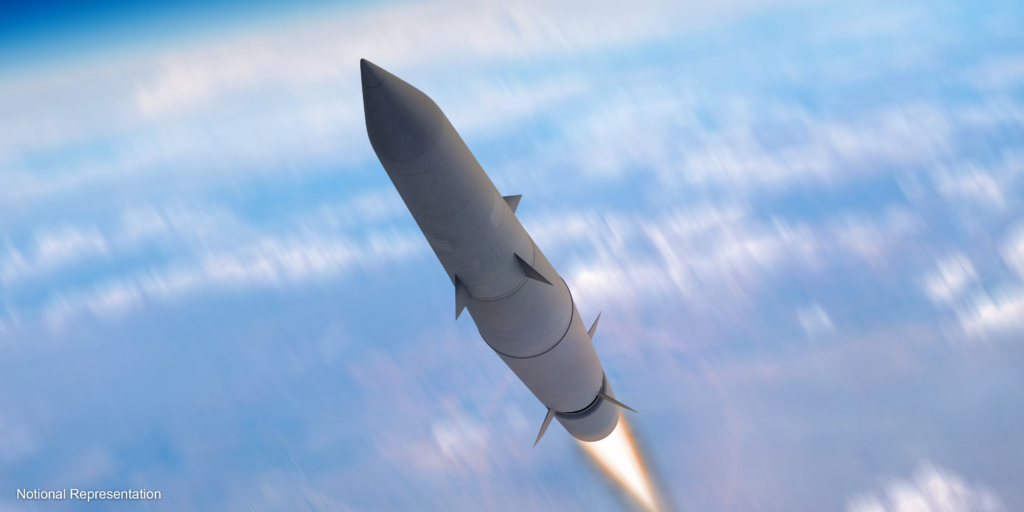INTRODUCTION
Hypersonic interceptor missiles are advanced defense systems designed to detect, track, and destroy hypersonic threats traveling at speeds greater than Mach 5. These missiles are critical for countering modern hypersonic glide vehicles (HGVs) and cruise missiles, which can maneuver unpredictably and evade traditional missile defense systems.

KEY TECHNOLOGIES
1. Hypersonic Propulsion Systems 🔥
- Scramjet & Ramjet Engines: Provide sustained high-speed flight.
- Solid-Fuel & Hybrid Boosters: Enable rapid acceleration.
- Directed Energy Propulsion (Future Tech): Potential for laser or plasma-based systems.
2. Advanced Seeker & Guidance Systems 🎯
- Multi-Mode Seeker (Infrared, Radar, Optical): Tracks hypersonic targets with high precision.
- AI-Based Predictive Tracking: Uses machine learning to anticipate target movements.
- GPS & Inertial Navigation Systems (INS): Ensures precision targeting at extreme speeds.
3. High-G Maneuverability 🤸♂️
- Thrust Vectoring & Plasma Actuators: Enables rapid directional changes.
- Reaction Control Systems (RCS): Uses small thrusters for mid-flight corrections.
4. AI-Powered Electronic Warfare (EW) ⚡
- AI detects and neutralizes jamming, spoofing, and cyber threats.
- Can launch automated countermeasures against radar and missile threats.
5. Human-AI Teaming (Manned-Unmanned Teaming – MUM-T) 🤝
- AI-controlled drones (loyal wingmen) support human pilots in combat.
- AI assists in decision-making while keeping humans in control when needed.
- Reduces pilot workload and enhances situational awareness.
6. Swarm Intelligence 🕵️♂️
- AI-coordinated drone swarms overwhelm enemy defenses.
- Swarms share data in real-time and adapt to changing battlefield conditions.
PROS AND CONS
✅ Advantages
✔ Faster Decision-Making: AI processes combat data instantly.
✔ Reduced Pilot Fatigue: AI handles routine and high-G maneuvers.
✔ Improved Accuracy: AI optimizes targeting and threat assessment.
✔ Increased Survivability: AI-powered evasive maneuvers and countermeasures.
✔ Lower Operational Costs: Predictive maintenance reduces downtime.
❌ Challenges
✖ Ethical & Legal Concerns: Autonomous combat raises accountability questions.
✖ Cybersecurity Risks: AI systems are vulnerable to hacking and spoofing.
✖ Reliability Issues: AI may struggle in unpredictable combat scenarios.
✖ Human Trust Issues: Pilots and commanders must trust AI decisions in life-or-death situations.
